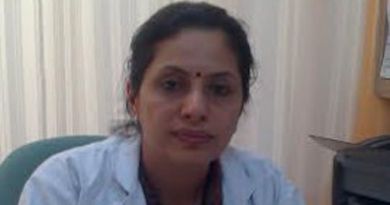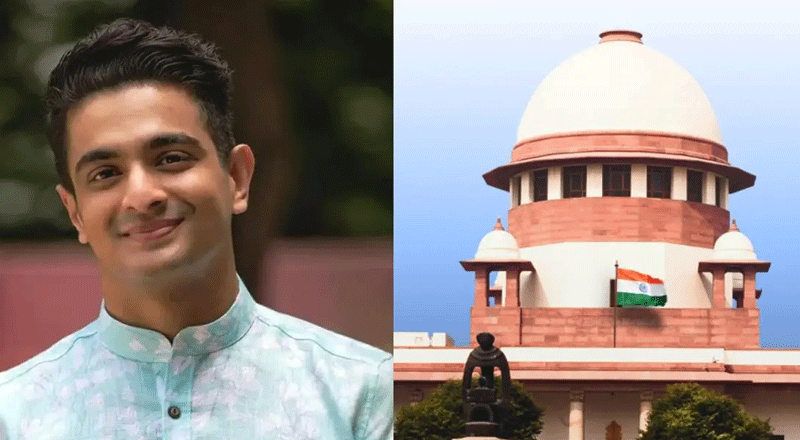Every year in India, approximately 123000 new cases of cervical cancer are diagnosed and 68000 women die from this deadly disease. Maximum numbers of cases occur in rural areas as compared to urban areas because of lack of awareness, knowledge and facilities to diagnose. Fortunately the incidence is decreasing but unfortunately it is still one of the most common cancer in Indian women, along with breast cancer.
Cervical cancer is a cancer arising from the lower narrow part of the uterus which is the entrance to the womb. It commonly presents as abnormal bleeding, which may be inter-menstrual or post-coital or post-menopausal .Seldom it does not cause any significant symptoms.
The cells lining the cervix undergo certain changes which may or may not proceed to full blown cancer. There is a strong correlation of HPV infection (human papilloma virus infection) with progression to cancer cervix. Almost all cases of cancer cervix are associated with prior HPV infection. The age group most prone is 35-55. It is rarely seen below 20 years. Although 20% cases are above 65 years of age.
HPV infections are of two types- low risk and high risk. There are nearly about 120 types of HPV of which many are “low risk” types. Low risk infections usually do not progress to cancers. They can, however, cause genital warts or very minor cell changes in the cervix. There are more than a dozen types of “high-risk” HPV that can cause abnormal cells to form on the cervix. Types 16 and 18 are the most dangerous, since they cause about 80-90 percent of cervical cancers of total. In one study, the National Cancer Institute found that about 10 percent of women with HPV type 16 or 18 developed advanced, pre-cancerous cervical disease within three years, and 20 percent did so in 10 years.
High risk infections can be detected on routine screening like PAP smear, HPV DNA testing and by colposcopy. They often present as lesions on the cervix like cervical erosions which can be treated by cryocautery, electrocautery or LEEP. For prevention of HPV infection, two vaccines are available- injections Gardasil and injection Cervarix. Both vaccines target HPV 16 and 18 which are the high risk HPV strains. All girls and women between ages 13 to 45 are advised to meet their gynecologist and go in for the vaccination.
Lower age of sexual exposure and multiple sexual partners are definitely responsible for HPV infections and progression to cervical cancer. Lower age at first pregnancy and long term use of oral contraceptives also contribute to risk factors. Low socio- economic status, low education, smoking, exposure to DES in the mother’s womb are also linked to cancer cervix. A person affected with HIV infection is 5 fold more at risk of cancer cervix.
Detection of cancer cells can be done by conventional PAPs screening/ Liquid cytology + HPV testing. This is usually done by an experienced gynecologist. Once the cancer cells are detected the next step is the staging of cancer. This depends on the size of tumor, depth of spread and spread to lymph nodes. Also spread to distant and neighboring organs is looked into. Treatments offered are surgery + radiotherapy + Chemotherapy. In advanced cases we offer targeted therapy where treatment is customized to make the rest of the patient’s life comfortable.
Case Study:-
A 32 year old lady had come to us with complaints of persistent discharge and post coital bleeding. She had large cervical erosion for which she was advised hysterectomy by gynecologists. We examined the patient, did PAP smear, HPV testing and Colposcopy directed biopsy of cervix. She was diagnosed to have cervical intra-epithelial neoplasia I( CIN I) with high risk HPV infection. After antibiotics course, Cryotherapy was done to cure her erosion. Patient was kept under observation and repeated PAP smears and HPV testing were done. She is now symptom free and her PAP smears and HPV testing are normal.
Written by:
Dr. Shruti Bhatia
Sr. Consultant, Gynae Oncology
Action Cancer Hospital, New Delhi





